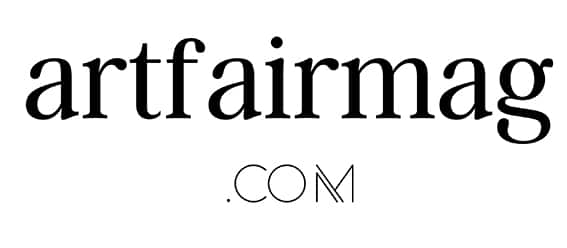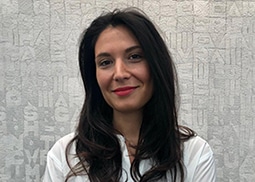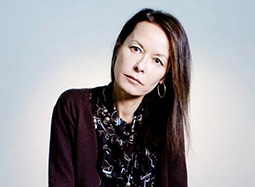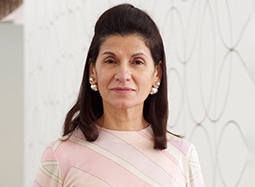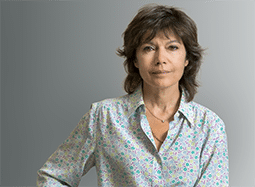kamel mennour
In 1999, Kamel Mennour opened his first gallery in the heart of St Germain-des-Prés, a small space dedicated to contemporary photography. Because the photograph alone limited him, he opened in 2003 to plastic arts with famous names as Daniel Burren, Claude Lévêque or Martin Parr. In 2007, he moved rue St André des Arts and 9 years later, expanded to London with a space on Brook Street. He represents 40 contemporary artists, internationally recognized.
kamel mennour
In 1999, Kamel Mennour opened his first gallery in the heart of St Germain-des-Prés, a small space dedicated to contemporary photography. Because the photograph alone limited him, he opened in 2003 to plastic arts with famous names as Daniel Burren, Claude Lévêque or Martin Parr. In 2007, he moved rue St André des Arts and 9 years later, expanded to London with a space on Brook Street. He represents 40 contemporary artists, internationally recognized.
Contemporary Art
47 rue Saint-André-des-Arts
75006 Paris
France
5 rue du Pont de Lodi
75006 Paris
France
6 rue du Pont de Lodi
75006 Paris
France
28 avenue Matignon
75008 Paris
France
51 Brook Street
London W1K 4HR
United Kingdom
galerie@kamelmennour.com
+33 (0)1 56 24 03 63
+44 207 495 32 00
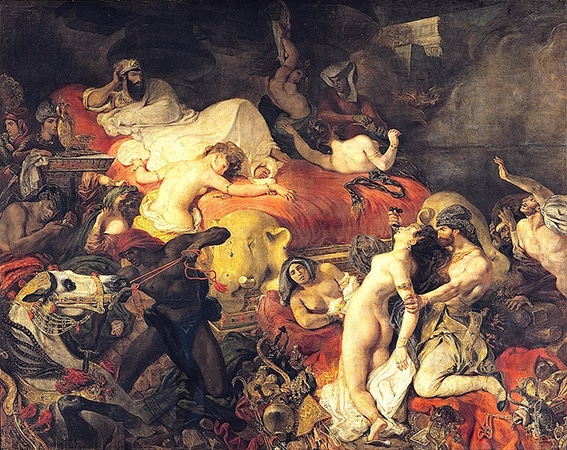
La Mort de Sardanapale
Eugène Delacroix (1798-1863)
Oil on canvas, 1927
392 x 496 cm
Musée du Louvre, Paris
All our Interviews
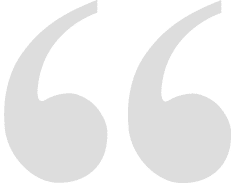
Read all our exclusive interviews with antique, modern, contemporary & primitive art dealers.
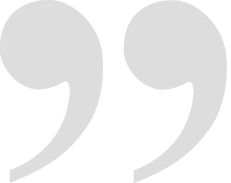
Interview with Kamel Mennour ~ Founder
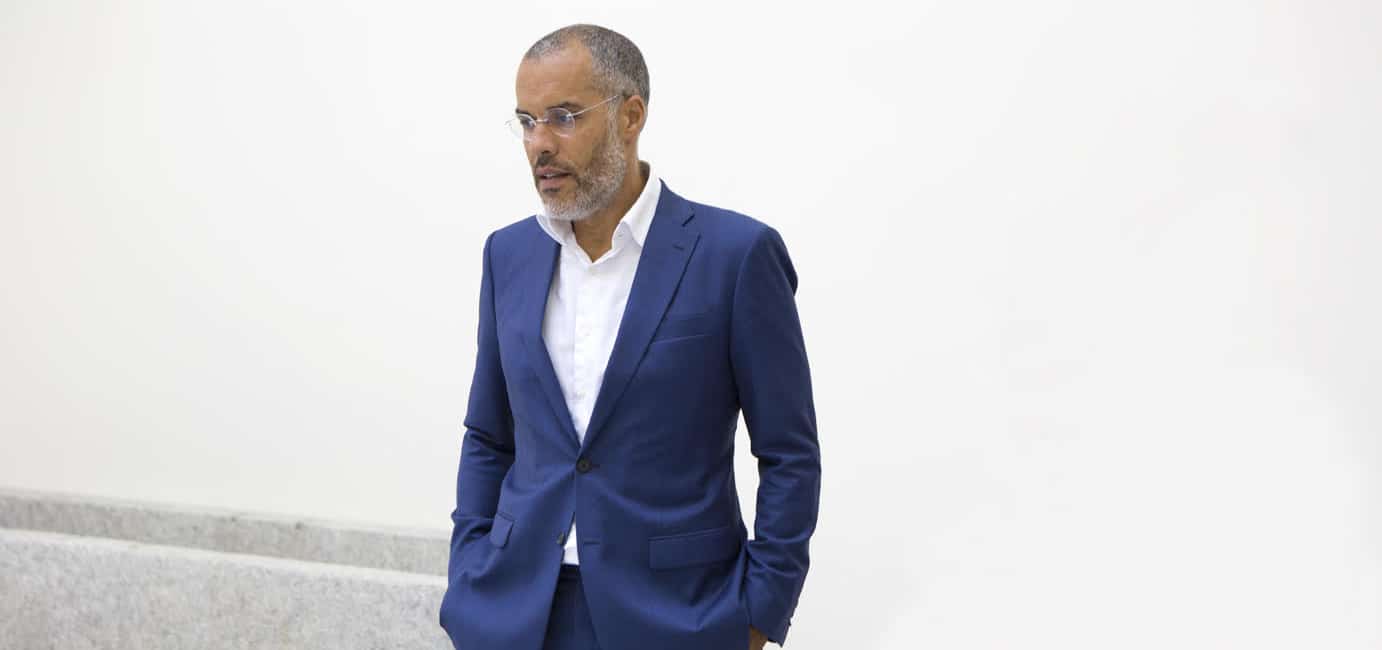
Photo. Archives kamel mennour
Interview by Pauline Loeb-Obrenan, founder of artfairmag.
No doubt than Kamel Mennour is one of the world’s most influential contemporary art dealers. Starting from nothing, he was nominated the most respected european art dealer by artnet in 2015. Today, the gallerist has 5 spaces – four in Paris, one in London – which showcase the work of both blue-chip artists and emerging talent. I spoke with Kamel about his background, the gallery and the way he does his job.
artfairmag: Kamel, for those you are not lucky enough to know you yet, who are you and how did you get to contemporary art?
Kamel Mennour: I am the owner and director of the contemporary art gallery kamel mennour, which represents over 40 artists and presents their work through exhibitions across our five spaces (four in Paris and one in London) and beyond. I financed my economics studies by selling lithographs door-to-door. That’s how I started to immerse myself in the art world, never to leave it again. I spent my spare time visiting exhibitions, meeting artists and curators and reading as many books and catalogues as I could get my hand on. In 1999, I moved to the Left Bank and opened a gallery at 60 rue Mazarine.
artfairmag: You are very humble when it comes to your success and sometimes define it as “a miracle”. Why?
K. M.: There was no background in art in my family. I had no mentor, no network, no money! I was a no one. But I was obsessed: I wanted to be part of this incredible world that is art, so I persevered. To be a gallery owner was a vocation for me, a mission, and I didn’t want to do anything else. It was obvious for me.
artfairmag: You represent very well-established names as Anish Kapoor, Daniel Burren or Huang Yong Ping, alongside emerging talents like Camille Henrot, Alicja Kwade et Neïl Beloufa. What would you say is the DNA of your gallery?
K. M.: The essence of the gallery is to discover and gain recognition for exceptional artists through collaboration. It has fostered the careers of a younger generation including Neïl Beloufa, Hicham Berrada, Mohamed Bourouissa, Latifa Echakhch, Petrit Halilaj, Camille Henrot, and Alicja Kwade, alongside representing some of the most renowned artists working today such as Daniel Buren, Ann Veronica Janssens, Anish Kapoor, Tadashi Kawamata, Claude Lévêque, Huang Yong Ping, and Lee Ufan.
“I had no mentor, no network, no money! I was a no one.”
artfairmag: Many of your artists question the major concerns of our time – environment, otherness, Man’s place in the universe, etc. Is this kind of commitment something that you look for when you choose your artists?
K. M.: Not necessarily. I get close to the artists, I go to meet them because I know their works, their positions and I feel that together we have things to do, to say, to transmit.
artfairmag: You seem to place human contact as the heart of your business. Do you think the health crisis and the resulting digitalisation of the art market will change the way you do your job?
K. M.: Of course. This crisis is having profound effects, the extent of which is not yet known. We have to reinvent ourselves. We are in the process of learning to work differently, more locally and using digital technology. Nevertheless, nothing replaces human contact for me and it is very important to continue to meet collectors and welcome visitors in my galleries.
artfairmag: Before Covid-19, you were participating in many art fairs – 14 every year – all over the world. When the art market returns to a kind of normality, are you thinking of reducing your participation or on the contrary are you eager to start again as before?
K. M.: The pace was vertiginous: I was flying from one plane to the next and from one destination to the next. I think that the market will regulate itself and there will be less fairs.
artfairmag: To conclude this interview, could you present us an artwork – which may or may not come from your gallery – that is special to you?
K. M.: La Mort de Sardanapale by Eugène Delacroix. I was walking around the Louvre about fifteen years ago, doing some location scouting for contemporary artists and I saw this painting again, which moved me so much. When I’m in need of inspiration, I go and see it: it’s for me the masterpiece of the Louvre. I love its disruptive dimension: Delacroix as a romantic breaks the codes of the time, the neoclassicism, with this idea that colour prevails over line. I like this idea of destabilisation. You have to go and see this work that really tells you things!
More Interviews
Tornabuoni Art
Created in 1981 by Roberto Casamonti, Tornabuoni Art has established itself as a leading gallery for Post-War Italian art, with artists as Burri, Fontana, Castellani and Boetti.
Almine Rech
Established in 1989, Almine Rech has grown to become one of the most influential female art dealers. Dedicated in contemporary art, the gallery has 6 different spaces.
Galerie Max Hetzler
Founded in 1974, Galerie Max Hetzler focuses on well-established contemporary artists as well as emerging talent. With 5 locations in Europe, its influence is global.
Nathalie Obadia
With two major spaces in the heart of Paris and another in Brussels, Nathalie Obadia is committed to promote young talent alongside established artists.
